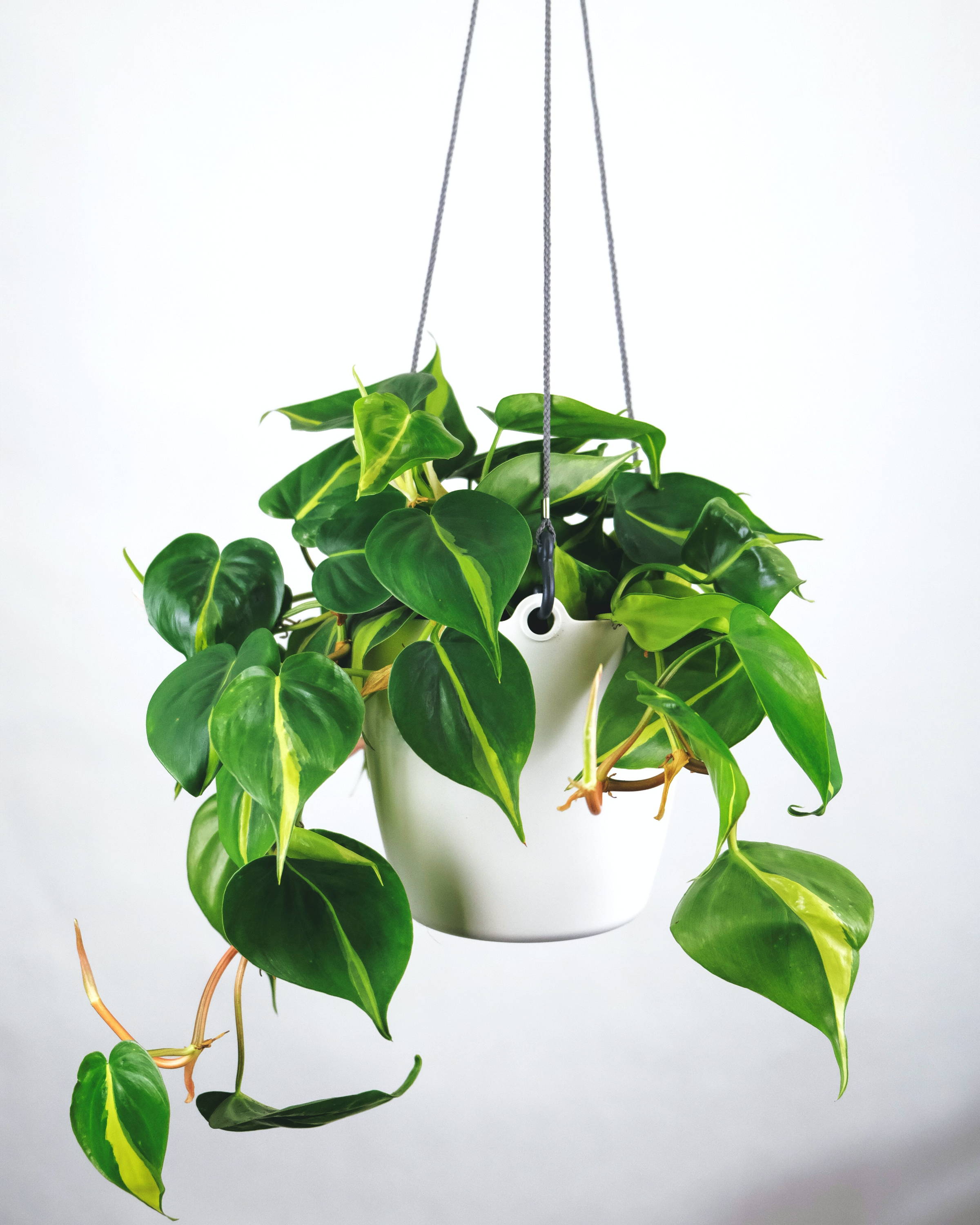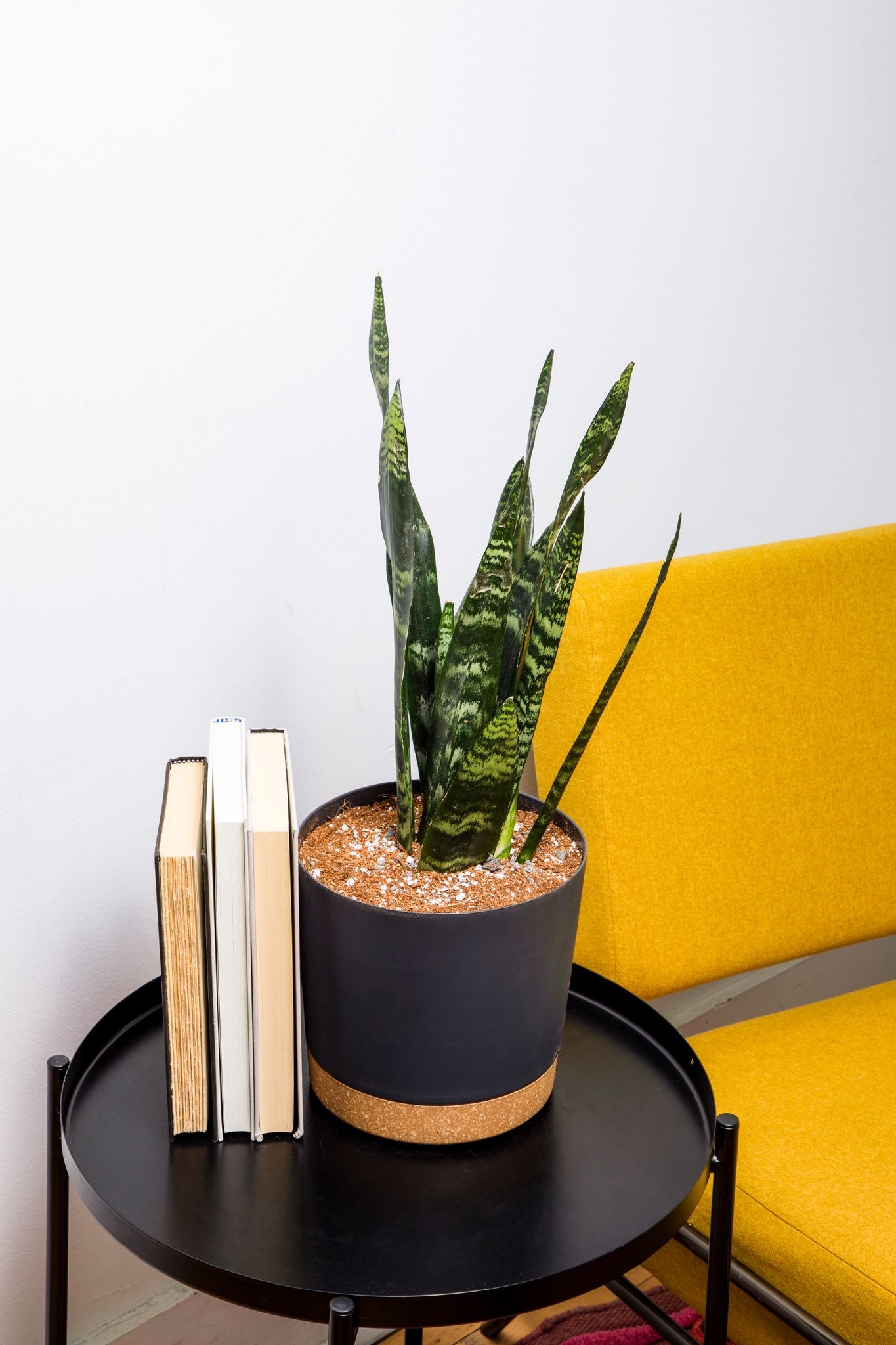How to Care for your Philodendron in 5 Easy Steps

Philodendron
As fitting for having a root which means love and nurturing, the Philodendron is often kept or gifted as a symbol of affection towards a loved one. All it takes is a little bit of love and care, and the Philodendron will thrive for you. While every leaf of every plant holds a vast network of capillaries and structures, the signature large leaf of the Philo puts the fine details on display. Your guests will be mesmerized by the beautiful grid formation of the cells and the oddity of its stature.
Caring for Your Philodendron
1. Happy Roots
We'll begin with how to get what the Philo needs to survive and thrive through all of those vessels and into those cells. It all starts at the roots. The roots are like the fulfillment center for the whole plant. Before water and nutrients make it through those big capillaries and into those little cells, they must first enter the roots and then the stem and petioles (petiole and dendron are both synonyms for branches.) Every plant is a colony of individual cells, collaborating to form one whole plant by forming structures and vasculature to allow trade of resources. The top of a plant needs to be able to trade its abundance of chemical energy (photosynthesis energy captured in a simple sugar by the chlorophyll in the leaves) with the bottom of the plant, being the roots, for their ability to absorb water and raw materials from the soil.
Your Philo needs water introduced to the roots, however, it is also sensitive to overwatering. Good drainage and airflow are necessary to prevent overhydration which can lead to root suffocation microbial infection which can result in root rot. To help maintain airflow and moisture balance, we carry a variety of rePotme Slot Pots in many beautiful sizes and rich, lustrous colors with a smooth finish.
To feed your Philo, it is important to begin with a nutritious media. Fertilize the media periodically, and replace the media every 1 to 2 years. For the happy feeding of your Philo, we fresh-mix to order Philodendron Imperial Potting Soil Mix and carry FEED ME! Houseplant Food in 8 ounces and 32 ounces.
2. Happy Leaves
Over and underwatering result in the discoloration of the leaves, which should clear after hydration is restored to normal levels.
Because of the trade of resources that is done to keep the whole plant alive, from the lowest root to the furthest edge, the leaves develop patterns. These visible markings made by the pathways that give life to the plant; the lines and stripes and corners and curves, are all part of the mesmerism in the large-form leaf of the Philodendron.
It is important for your Philo to get gentle, usually indirect light to avoid damage to the leaves. If any leaves do get damaged and no longer function and do not recover, they may be gently removed by cutting with a sanitary tool. We carry Dual Pro Pruners, rePotme Precision Clips, and rePotme Pro Snips
3. Strain Selection
The care between different phenotypes of Philodendron are, on the whole, very similar. If you don’t already have your Philo, there are many beautiful shapes, sizes, and colors to choose from! The noticeable differences between Philo subspecies are color, striation, vininess, leaf size, and leaf shape, edge curling, and fenestration. One plant can have both striated and solid leaves. Other subspecies that don't quite boast large leaves usually come in pink and various shades of green, including lime.
Leaf fenestration is covered in this Monstera care article.
4. Temperature
The Philodendron tolerates a wide range of temperatures, within reason. It is best to avoid extreme heat and extreme cold.
5. Humidity
The Philo tolerates a wide range of humidity, however, extremely moisture-saturated air may cause the roots to be more susceptible to overwatering.
With a gentle approach and a fair start, it should be easy to keep your new friend, Philo, happy and healthy for many viewing hours to come.
 Succulents
Succulents





